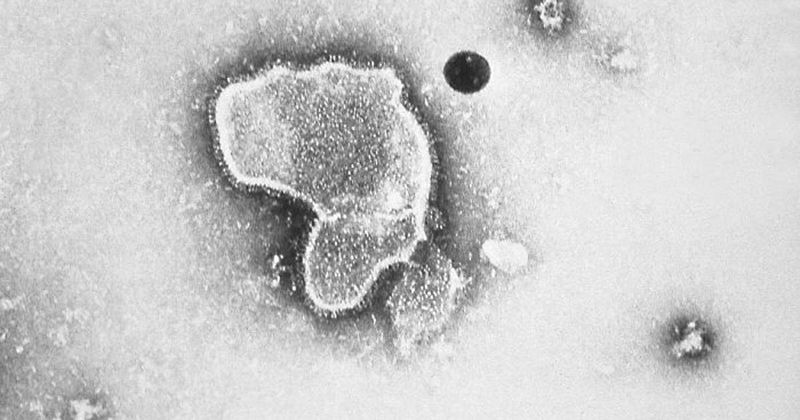AAP updates guidance for RSV amid offseason spike in cases
Click Here to Manage Email Alerts
The AAP published interim guidance on the treatment of lower respiratory tract infections caused by respiratory syncytial virus amid an offseason surge in cases that has corresponded with the relaxation of some COVID-19 restrictions.
The interim guidance changes the timing — but not the risk categories — for the use of palivizumab prophylaxis in infants at increased risk for severe disease caused by RSV, supporting its administration outside of the typical RSV season, which generally occurs in the fall and winter, according to the AAP.

However, RSV activity is currently on the rise, the AAP noted.

“It's a very unusual year, as we all know, and part of what's unusual is that RSV infections are now happening and are widespread in various regions of the country, with an increasing number of cases — including cases in children with emergency room visits and hospitalizations,” Mary T. Caserta, MD, FAAP, coauthor of the guidance and professor of pediatrics at the University of Rochester Medical Center, told Healio.
“So many regions of the country are experiencing numbers of cases of RSV that are similar to a typical winter outbreak,” Caserta said. “So, the AAP supports using the medication that we normally would use when these numbers of cases are around, now, for children at high risk.”
Palivizumab has been licensed since 1988 for the reduction of serious lower respiratory tract infection caused by RSV in children at increased risk of severe disease, Michael T. Brady, MD, FAAP, chairperson of the AAP’s Committee on Infectious Diseases and associate editor of the Red Book, and colleagues noted in the interim guidance, which replaces recommendations found in the 2012 Red Book.
Caserta said the recommendations do not refer to the upcoming 2021-2022 RSV season. She said the AAP will frequently review the interim guidance, which can be found here.
